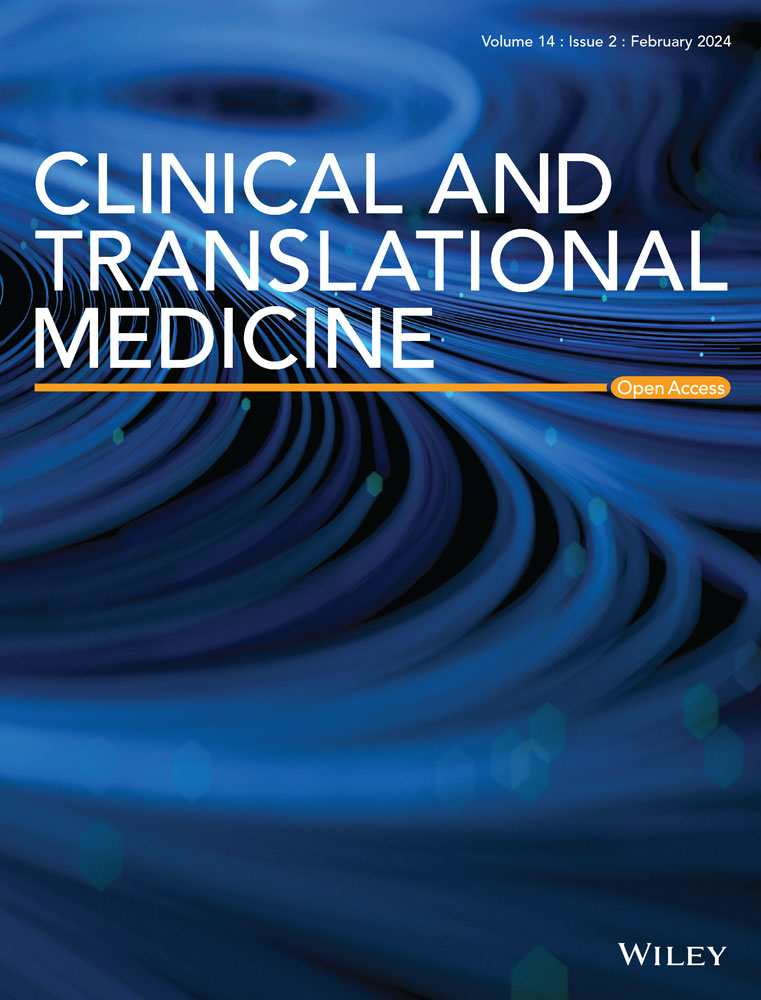Vascularised organoids: Recent advances and applications in cancer research
Abstract
Organoids are three-dimensional (3D) cellular models designed to replicate human tissues and organs while preserving their physiological complexity and functionality. Among these, vascularised organoids represent a groundbreaking advancement in 3D tissue engineering, incorporating vascular networks into engineered tissues to more accurately mimic the in vivo tumour microenvironment. These models offer significantly improved physiological relevance compared to conventional two-dimensional cultures or animal models, positioning them as invaluable tools in cancer research. Despite their potential, the rapid proliferation of techniques and materials for developing vascularised organoids presents challenges for researchers navigating this dynamic field. This systematic review provides a comprehensive examination of methodologies for fabricating vascularised organoids, with a focus on strategies that enhance vascularisation and support organoid growth. It critically evaluates the materials used, emphasising those that effectively mimic the extracellular matrix and facilitate vascular network formation. Key advancements in engineered organoids models are highlighted, emphasising their potential for studying interactions between vasculature and cancer cells, conducting drug screening, and understanding cytokine regulation. In summary, this review provides an in-depth overview of the current landscape of vascularised organoid fabrication and functionality, addressing challenges and opportunities within the field. A detailed understanding of the scope and future trajectories is essential for advancing organoid development and expanding their applications in both basic cancer research and clinical practice.
Key points
- Comparative analysis: Evaluation of organoids, animal models, and 2D models, highlighting their respective strengths and limitations in replicating physiological conditions and studying disease processes.
- Vascularisation techniques: Comparative evaluation of vascularised organoid fabrication methods, emphasising their efficiency, scalability and ability to replicate physiological vascular networks.
- Material selection: Thorough evaluation of materials for vascularised organoid culture system, focusing on those that effectively mimic the extracellular matrix and support vascular network formation.
- Applications: Overview of organoid applications in basic cancer research and clinical settings, with an emphasis on their potential in drug discovery, disease modelling and exploring complex biological processes.


 求助内容:
求助内容: 应助结果提醒方式:
应助结果提醒方式:


